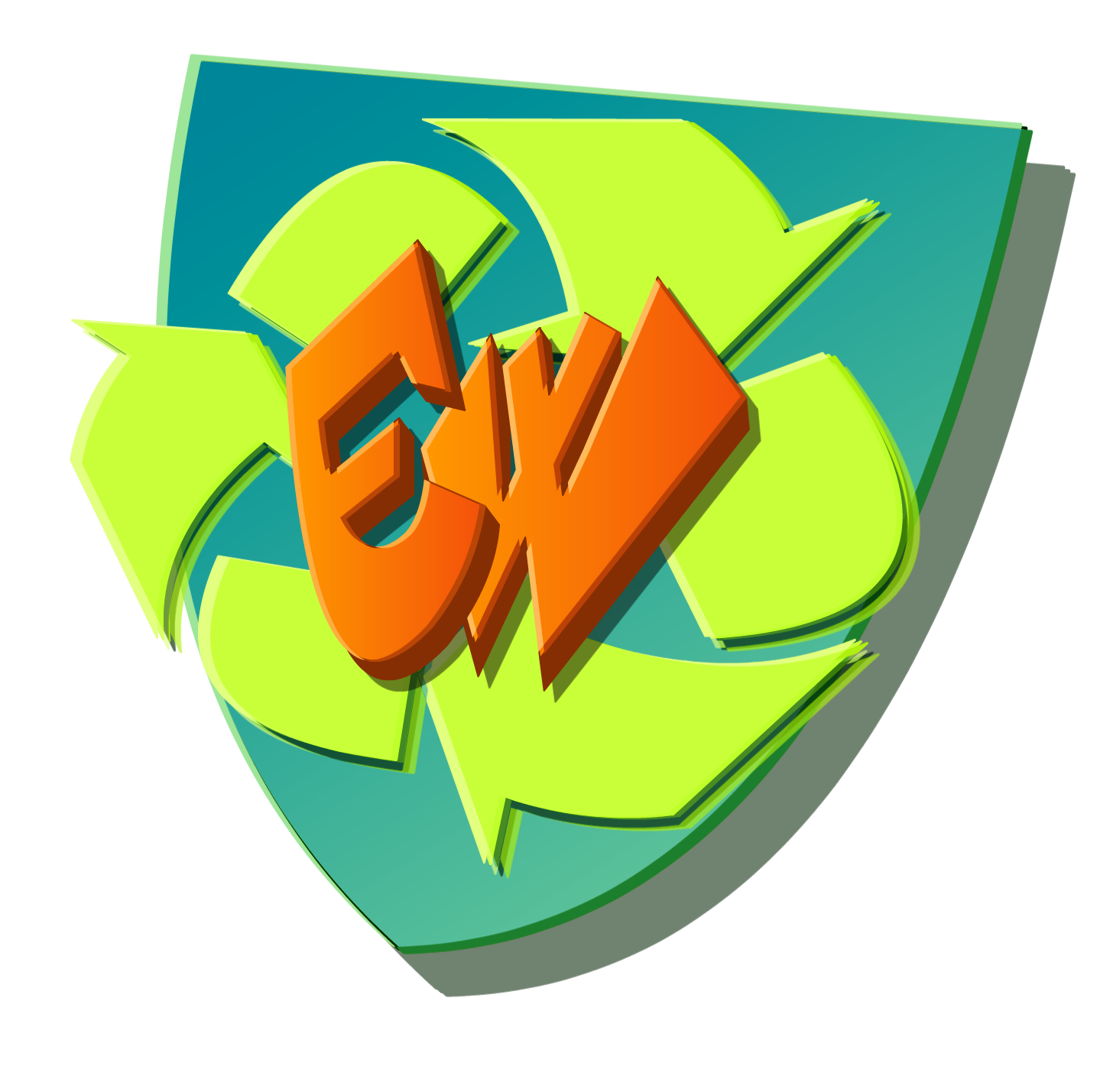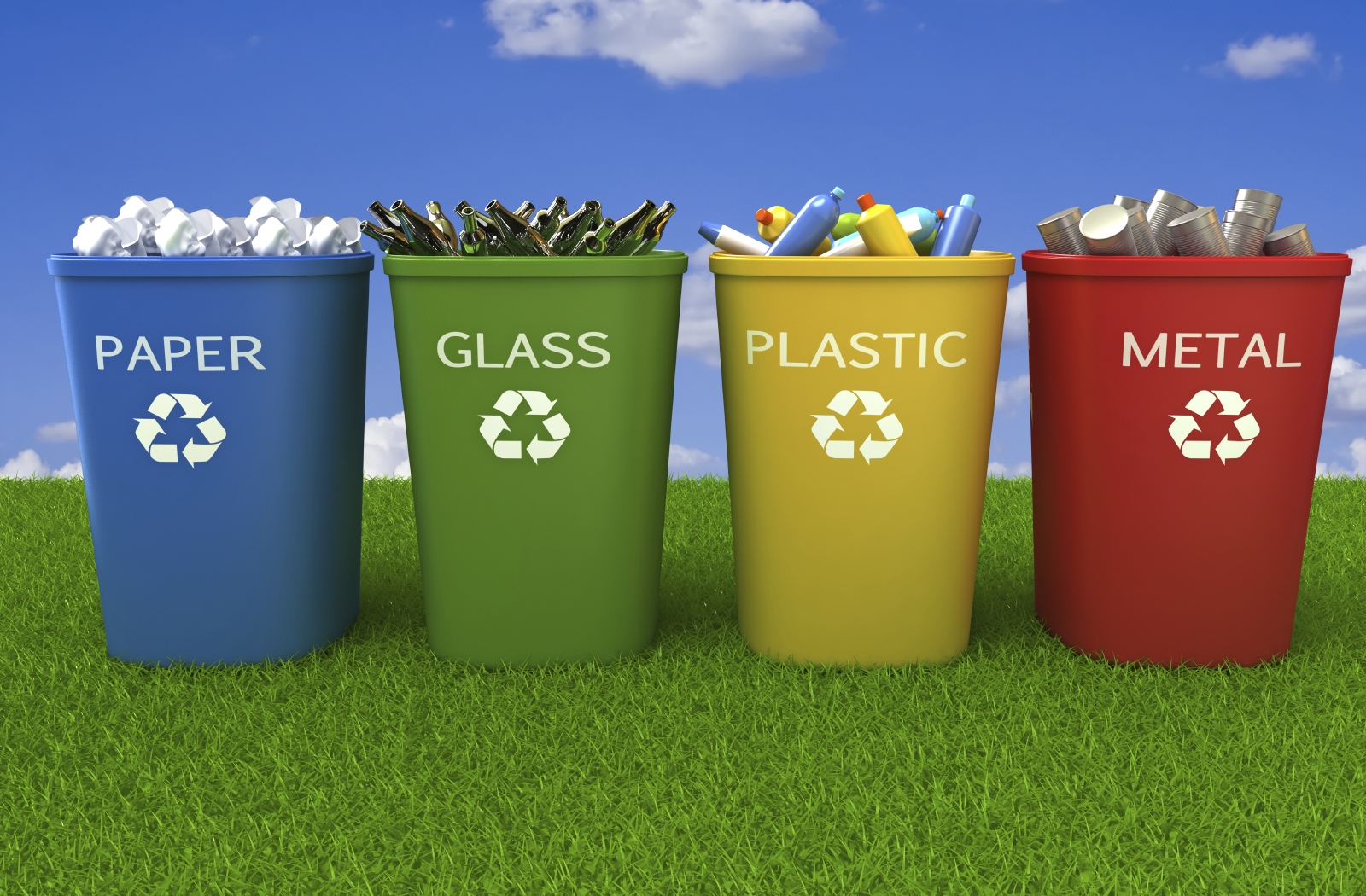|
In the framework of a modern municipal waste management, separate collection stands as the first and most important objective to achieve.This “good practice”, in fact, allows the attainment of several goals: - Reduction of the quantity of waste to be disposed of in the landfills or state-of-the art facilities; |
Questi sono solo alcuni degli effetti positivi connessi allo sviluppo delle raccolte differenziate ed al successivo recupero di materia.
Il "Testo Unico sull'Ambiente" (Decreto Legislativo 152/2006), in seguito modificato dalla Legge Finanziaria del 2007, prevede il raggiungimento per l'anno 2009 di una percentuale di raccolta differenziata pari ad almeno il 50% del rifiuto solido urbano prodotto su scala regionale, da incrementare di un ulteriore 5% ogni anno. Il conseguimento di tale obiettivo passa attraverso il più ampio coinvolgimento delle differenti fasce sociali, mediante azioni di sensibilizzazione, informazione e comunicazione.
E' indispensabile, innanzi tutto, una corretta conoscenza di ciò che è possibile ed utile riciclare.
These are only few examples of the positive effects connected to the development of separate collection and subsequent material recovery.
The main thing is to have a correct knowledge of what can be recycled and it is useful to recycle.
GLASS
Yes: bottles - jars - cans.
NO: crystal objects – oven-proof dishes – light bulbs – neon lamps - mirrors - pottery
Some practical advice: containers must be washed before throwing them away, especially the greasy ones; it is important to remove iron, plastic caps and corks, bands and labels from the bottles.
A glass bottle degradation time is of about 400 years!
Recovering glass means saving on raw materials and energy necessary to produce new material. In fact, a ton of “new” glass requires over a ton of sand, limestone and soda, apart from a significant amount of water.
Glass refuses processing temperatures are lower than those necessary to process raw materials, implying a third of the required fuel and consequent CO2 (carbon dioxide) emissions saved.
Thanks to its characteristics glass can be melted countless times without losing its qualities: it can be recycled over and over.
PAPER
Yes: Newspapers and magazines- books- bags- cardboard boxes (including pizza containers, packaging) - tetrapak (milk and juice cartons).
NO: paper mixed with other material (plastic or aluminium)- carbon paper or for fax- dishes and glasses- baking parchment, greaseproof paper or smeared by food- napkins and tissues.
Some practical advice: Do not leave paper to become damp or get wet before dumping it (it becomes heavier and harder to transport).
Degradation time can go from several months to many years.
Producing a ton of paper from recycled material saves 5 trees, 400 thousands litres of water and almost 5 thousands kilowatts of energy. The environment is not contaminated by many processing phases, leading to a reduction of water and air pollution. Moreover, the procedure is cost-effective and paper would be cheaper.
PLASTIC
Yes: bottles – flacons and containers (detergents, shampoo, yogurt pots) - polystyrene – bads and envelopes – packaging cellophane.
NO: objects (toys and pens) - clingfilm – food containers (salami bags, chips bags) – dishes and glasses – mixed plastic and other electrical and metal materials (pc keyboards and mice, plugs).
Some practical advice: empty the bottles, remove the labels, flatten and cork them so that they don’t regain volume.
Toxic (on the label it is indicated with “T” or “X”) and burning (on the label it is indicated with “F” or the flame) substances containers and bottles should not be recycled with plastic, but they have to be disposed of in different ways.
Degradation time can go from 100 to 1000 years, according top the plastic type.
Recovering plastic means to reduce in a significant way the amount of municipal solid waste. Re-using the basic material allows energy, raw materials savings and air polluting emissions reduction.
There are at least 50 different types of plastic, all derived from oil, carbon and natural gas. The majority of the plastic materials is not biodegradable and for this reason it is very important for them not to be dispose of in the environment.
Aluminium: cans, tins, sheets and trays, foil should be dumper in the appropriate containers, avoiding spray cans, paint and solvent cans.
Containers used for separate collection of glass or plastic, according to their specific function decided by the Municipalities, can also be used for the recovery of aluminium products and materials.
Recycling an aluminium can saves 95% of the energy needed to extract the raw material and reduces the same rate of atmospheric pollution caused by its processing. Aluminium can be recycled over and over.
LAMPS AND NEON: cathode ray tubes, neon and fluorescent lamps should be accurately separated by household waste and handed over proper multi-collection centres from where they will be transported to specific facilities. They include chemical substances and usually toxic gases and they must be treated using particular technologies in order to avoid pollution
DRAIN OILS AND GREASE: oils represent the hardest substance to be disposed of. Drain oil should be handed over to multi collection centres or to gas stations. If drain oils are dumped into manholes or sewage they will pollute water and damage the purification plants. If they are burnt in an illegal way they pollute the air with substances very dangerous for health. If they are dispersed in the soil they poison plants and animals.
ELECTRONIC DEVICES: radios, televisions, appliances, computers and monitors are built with substances that, if released in the environment, can be highly polluting. Those objects should be taken to purpose-set municipal areas from where they will be sent to specialised facilities that will recover still usable raw materials and dispose of the rest. Every municipality has a specific collection service that, in many cases, works “on-call”.
BATTERIES: All batteries, with the only exception of the car batteries, should be collected separately and taken to the appropriate street containers or to collection centres. Batteries are among the most poisonous materials: they contain heavy metals that if dispersed in the environment will pollute the soil and the aquifers. Through their recycling it is possible to recover important chemical components useful to produce new batteries.
FOOD WASTE: everything organic can be collected and recycled (apple cores, egg shells, potato skins, coffee grounds, vegetables, etc.) and can be used to obtain compost that, for example, can be used in agriculture instead of chemical pesticides.
There are several ways to arrange separate collection:
CONTAINERS: It’s the most widespread system in Italy, as it is very convenient for citizens, in fact they should just be careful about separate waste before dumping it in the appropriate containers differentiated by the colour according the type of material (i.e. green=glass, grey=undifferentiated, brown=organic, food waste).
ECOLOGICAL DOCK : it is an organised area where all the users can bring specific waste for recycling. It is possible, in fact, to leave materials whose abandonment is forbidden outside these places (inert waste from small household demolitions, domestic appliances, wooden furniture, tyres, medicines, paint and solvent materials).
“DOOR TO DOOR” COLLECTION: it is a very effective system for waste recycling. This service is particularly convenient and simple for the citizens and it increases the accessibility to collection containers; consequently, this system allows an increase of the separated collection rate out of the total MSW produced.



